0 Comments
I want to express my heartfelt appreciation for initiating this [leadership] training program. How are you making sure your organisation is dedicated to the same direction, stays strongly engaged to move forward and your teams are striving to give their best? Great leadership is without doubt the (not so) secret recipe to lasting success. It creates the resilience to go through uncertain times and enables the necessary transformations.
What do you need to lookout for in 20204? Swiss leadership institute IMD shared earlier this month how they predict the trends for this year. Let me share them here with you.
How will you drive change in your organisation? Source: Seven leadership trends to focus on in 2024 When we look back at 2023 it was the year of ESG Reporting. The great thing about it is that companies started to take the topic of sustainability seriously and allocated resources to do something about it. And for any sustainability journey, understanding the baseline is important. Though, as Robin Hicks recently pointed out, companies are confused with the selection of standards, information and opinions. For example, calculating a company's carbon can take 2-4 years!
In my experience, this is frustrating and boring. Which leads to dissatisfied shareholders and employees as a lot of effort is put into something that does not generate results. With this we are fuelling resistance that costs energy and reduces productivity. That is why many well-intended sustainability journeys end and are axed. Can we simply not do carbon accounting? No. Does it need to be this cumbersome? No. And here my experience in operational excellence is really helpful. An area where you focus on creating more value with the resource you have based on data and analysis. Let's apply this to ESG improvements as well. Here are some thoughts:
What are in your eyes the key ingredients for a successful sustainability journey? Reference: Eco-Business CSO Survey, Robin Hicks, Jan 2023 A New Year has started and fresh inspirations are coming in. At Hive17 we focus on facilitating effective teams, and that is particularly important on the top (also check our recent CxO Team post). Just yesterday, the Embassy of Switzerland in Singapore shared a post about the Swiss Federal Presidency and the Swiss Federal Council. An example I like to share as it is a high-level model for a self-organising team.
CxO Teams are in similar situations; they have broad and deep responsibilities; they have the tendency to focus the majority of their time on their own department; they tend to work less as one team. The Swiss government puts a structure in place to counter these tendencies. A structure that any company can learn from and become more effective in delivering change. Here are some suggestions to look out for:
How do you build a more effective and self-organised CxO team? Source: Swiss Federal Presidency, LinkedIn The purpose of any organisation is to successfully deliver value to their customers. The range of customers might be wide and the definition of value and success might greatly vary. Though, in essence that is it. And rightfully, companies are focusing their efforts on selling, producing and delivering their products and solutions.
Recently, there have been new questions and barriers appearing in leadership circles. "I need all my employees to focus in one direction."; "It feels like that internal silos are preventing us from delivering to our clients."; "We need values and a culture that is exciting to work in." All these statements point to a need for increased focus on the delivery of that customer value. We need an effective foundation for our way of working. That is basically the infrastructure to run our operations; or the Human Operating System. The goal of the human operating system is to create an environment that enables teams to give their best. It is about alignment, transparency, change management, motivation, psychological safety and fun. Imagine a flotilla of small boats that independently sail towards a common direction. How these are operated and are connected describes this operating system. Here are some of the key components for this human operating system:
Let's arrange a meeting to find out how Hive17 Consulting can further improve your way of working! This week we had another great Sustainability event in Singapore - organised by Lufthansa Group. While the airline industry overall is struggling to curb carbon emissions, it is great to see that one important player is striving forward on their sustainability journey. Maybe the most prominent technology is AeroShark - a nature-inspired film that is reducing the friction and drag of a plane's fuselage.
The event brought together industry experts into different panels that discussed sustainability also beyond the airline industry. For a while now, I have been pondering about key words that describe sustainability journeys. During this event, I have put more thought into these descriptors which guide us on a solid path towards a better planet and society. Honesty - past incidents of greenwashing have shown that solid reporting is essential in order to gather internal and external support for the ESG journey. We need to create more transparency and credibility, so that we can strengthen our reputation towards consumers, regulators and talents. Lufthansa has illustrated their effort and dedication to report on a long list of standards. Frugality - frugality means the careful use of resources and this is strongly related to reducing our consumption of energy, raw materials and natural landscapes. Operational efficiency is not only a driver to reduce cost, in most cases these solutions also have a net positive effect on the environment. The AeroShark film, better transport routing and switching to more efficient drive trains are some great examples. Courage - risk is a large driver in corporate decision making and often, this is holding back crucial investment decisions. Bold new strategies into an uncertain future requires courage - and we need environments that are enabling more risk taking. One great example was Jungheinrich where the board decided five years ago to fully embark on their sustainability journey; this courage has paid off very well for them. Synergy - sustainability journeys demand stronger collaboration between the silos within an organisation and beyond their company borders. This collaboration is facilitated with common goals and a belief that together we can achieve more. It was also highlighted that academia and industry need to work much closer and share insights. Together we are stronger. The journey towards a greener and fairer planet can be daunting. These four underlying principles can act as a guide towards more successful sustainability transformations. Which drivers do you suggest to add? Our current times are full of change and a solid strategy is necessary to give the organisation direction and alignment to create lasting success. Furthermore, a meaningful and clear vision is driving motivation and is a strong ingredient for making decisions. Yet, many companies struggle to bring their vision to the ground. Employees are saturated with changing strategies and often don't see how the new directions are impacting their daily work.
"Only 41% believe current employee behaviours are mostly aligned to company values and direction." - 26th Annual Global CEO Survey - Asia Pacific | PwC | January 2023 (link) Often, new strategies come with flashy posters, inspiring townhalls and a set of top-down KPIs. And then the rest of the organisation is left to create success. And in 59% of the cases, it doesn't happen. We need to go beyond that. How can we best engage to translate vision into action? In my experience, there are three key areas:
In the process of setting and propagating targets, it is also important that we provide the wider context and that this is a collaborative bottom-up process. Let the people define their own targets and how to review them. As a leader, your role is to provide guidance and support. At Hive17 Consulting, we have been running 'Vision to Action' workshops for over six years with great success. They are establishing an environment where target setting and reviews are building strong alignment, direction and motivation. We just finished a team retreat and during the closing, the client shared "this was amazing, we never got the people to share so much. The sessions were fun, insightful and engaging. Thank you so much!". How did we get there?
One of the thing we can observe with many companies, friends, clients, and teams we are working with: we are overwhelmed, we are stuck in a rat race. Looking at the "Second Quadrant Model", this means we are stuck in the first quadrant: our important and urgent tasks. We don't have the bandwidth to allocate time for the important and non-urgent tasks, which allow us to build an effective work-environment and reflect on our strategy and priorities. How can we facilitate this change? This is where team retreats come in. While an investment in time and money, they allow us to create the necessary brain space to build a solid foundation for team effectiveness. This is the exemplification of Slowdown to Speedup! So, how shall we go about team retreats? There are some principles for successful team retreats; here is my take: a) enable the participants to switch off from their daily grind; b) lots of time for quality, social interactions; c) the managers are participants on the same level as everyone else (an independent, external facilitator helps); d) focus the sessions on topics in the second quadrant. What did I miss here? Ok, great principles... What shall we discuss concretely? First of all, start with an overall theme for the retreat which provides the context for the conversations. Often we come across the broad opportunity around 'improving collaboration' and 'building ownership'. Though it can also have themes like 'shaping our desired culture', 'discovering new market opportunities', etc. As a next steps, it is important to provide a structure and path for constructive and effective discussion. Here is an approach:
Great - as a team, we had 2-3 days off from our daily work and enjoyed a fantastic time with our family at work. And then we come back to the office and we will be very quickly overwhelmed. We want that the great stuff we discussed during the retreat is continued back at work; we want that we keep the momentum. For that, it is vital that we immediately build routines that carve out space for our second quadrant tasks and actions. And for sure, the foundation for this should be defined at the retreat. How do you experience successful team retreats? Yes, in the last months we have achieved a lot. The majority of companies have defined sustainability targets and they are concerned about creating their ESG report. Though, we also need to be honest with ourselves: this is only talk and we need action - a lot of action - to reach global success in turning around climate change!
“57% of CEOs identify unclear ROI and economic benefits as a leading challenge.” Many companies have set ambitions net-zero targets which they want to reach in the next decades. And yes, many companies have scrambled together a team that is identifying opportunities to create impact. Is this enough? In my experience, if you want to reach ambitious energy saving targets, you need to mobilise the masses. And in the context of sustainability, your own employees are not enough; you need to engage your customers, suppliers, your community and a wide range of other stakeholders in your ecosystem. A daunting task. One principle in change management: let's break down that overwhelming initiative in small, first steps - at the start, we want to create momentum. How can we achieve this? In our practice, we call this Vision-to-Action and the objective is to propagate the high-level, strategic targets into actions for everyone in the organisation. We are using the concept of objectives and key results (OKRs) in this process and ensure that on each level, we encourage a bottom-up approach to translate the higher level OKRs to their own specific scope. Building ownership and excitement. For example on a regional management level, we can achieve alignment on the concrete results we want to achieve in the next three months while keeping an eye on the long-term vision and targets. And in parallel, we have organised large-scale workshops to enable the front-line employees to identify their contribution to the creating impact. This also creates a fabulous energy and drive. How are you creating real, large-scale impact in your organisation? Source: CEO Study: Own your impact, IBM, May 2022 Sustainability is on everyone's agenda and there is a clear focus on ESG reporting, regulatory compliance and buying carbon credits to offset. These all consume resources, create a green premium and drive cost up. Sustainability journeys are a lot more than that! They open up new markets, they bring efficiency into your operations, they are driving productivity in your workforce. All it takes is look beyond the box described above and get inspired to do more. Our Celemi Sustainability Simulation is the perfect environment to become aware of the business opportunity of your sustainability transformation. Understand the link between various Initiative and how they impact your business short- and long-term. And all with a playful, collaborative experience.  Today, we celebrate the achievements and contributions of women in Singapore and around the world. We continue to strive for gender equality in this region and professional change management skills can support women's confidence at their workplace. The CPC Change Management methodology can equip women with the tools they need to lead to successful change initiatives and demonstrate their value as leaders. Consider a change management certification in order to advance your career! Let's challenge the status quo and create a more inclusive and equitable future for all women in Southeast Asia. Sign up today for the Certified Associate in Change Management and get the complete certification for 3’499 SGD (instead of 4’580 SGD). This promotion is valid until 25 March 2023. #IWD2023 #ChooseToChallenge #ChangeManagementCertification #WomenInLeadership #WomenInSingapore This has been in the works for months! And we are excited to launch our new service packages - Sustainability x Change Management.
Reducing our climate impact might be the biggest, global endeavour of this century. We as a company decided that we want to contribute our expertise: change management. We are excited to drive the people side of doing business. And this means we can accelerate your sustainability journey with our expertise, our passion, and our methods. At the heart of our business, we strongly believe that sustainability is a huge business opportunity. Your sustainability journey might start with compliance to regulations and to market demands. We are helping companies to turn this around. Understanding the possibilities to retain & attract talent, to improve your operational efficiencies, and to tap into new markets. How are we facilitating the change in your sustainability journey? We are focusing on three key elements.
The Sustainability Week Asia is over and it has been filled with great presentations, discussions, conversations and questions! And one underlying thread was very apparent:
This all is so daunting. And this is dangerous. We humans tend to fall into paralysis under such circumstances. Big changes are triggering fight, flight and freeze. Let's avoid that. While keeping the Sustainability vision in our mind, let's start with small steps; with a pilot, with one product category, with one location. We will see results and we can learn and celebrate. With this we develop more motivation and more people joining the movement. In no time, the results will get bigger, more numerous. Change management is here to accelerate the journey. We need to start and act now. During the Sustainability Week Asia in Singapore, on stage and in the hallways, there was one strong agreement among speakers and participants. Most companies are still in the game because of compliance - in order to keep their 'license to operate'. They are pushed by regulators, clients and the markets to provide their sustainability reports and commit to token targets.
If we want to turn the tide on climate change, we all need to go beyond that and understand one important thing: Sustainability is one huge business opportunity! The opportunities fall typically into three buckets: attracting & retaining talents, operational cost efficiency and exploring new markets. And all of them have a strong impact on profit. Once we realise this, the sustainability movement will be unstoppable! How can we create this awareness? As a change management practitioner, there are a few simple insights:
Today was Day one of the Sustainability Week Asia here in Singapore. The first session, Tony Fernandes. And he mentioned something which is close to my heart:
"In sustainability, companies need to push first their internal marketing!" This, in my experience, means that we need to make the new vision tangible for employees, so that they can relate. And it also means that we need to translate strategic KPIs into targets for the people in the front-line. Translating the vision into action. I have been glad I was able to be involved in large-scale programs where we have achieved that wide-spread engagement. It takes some effort to create this momentum. And then, the movement is building up and delivering excitement, motivation and then strong business results. Don't keep your initiatives in a closet; let's create these movements. I hear that with many of my clients: I feel like they are only ticking the box and they are waiting to be told what to do. It feels like we have a blame culture which is slowing things down. How can we change them and stop this complacency? How can I enable my people to be more proactive? And why bother, I can simply do the job myself and delegate the important stuff to 'my guy'. The answer is productivity - productivity based on more action & results, and based on a more energetic & focused culture. Once we bring the people out of their inertia, then they will also be able to grow personally, master new skills and feel more confident and excited. Which impacts the productivity of the entire team and the people around them. What does it take to enable this change? Ownership! We want to create an environment which allows the people to identify themselves with the overall objective and feel engaged to reach that with their best effort. They own their part of the business. From my experience, here are the key ingredients to develop ownership:
The underlying topic is: becoming a High-performing Team! This is when a team can deliver excellence effortlessly. Everything falls in place and as a team we flow towards success. Image credit: ©Eloi Stichelbaut - polaRYSE / Holcim-PRB As a change management practitioner, I believe a core to success are the leadership qualities of people - the people side of doing business. When talking about these leadership qualities, I often experience that the leaders know the concepts and tools to become a great leader. Though, they often admit that they are not able to apply these on a consistent, daily basis. Why is this an issue? Because if you are not consistent with your messages and behaviour, people around you loose trust.
Let me share an example which is quite typical. I recently talked to a CEO who mentioned that their coaching background and wider experience show them, what the right leadership style is: a strong focus on engagement, encouragement, letting go of control and be more the guiding hand than the directive boss. Then, the CEO shared, they often land in situations where they need to be more firm and switch to the more directive behaviour. It feels wrong though they don't see another way. There are two things which are important here in order to change the concepts into practice. First, a deep conviction of the end goal: creating ownership and motivation to drive excellence among peers. This comes with a good understanding of what are the barriers to achieving this goal? The second is practice practice practice. Find the cue that pulls you to fall back to the wrong leadership behaviours. Draw a few simple steps illustrating the right behaviour. Find an agreement among the leadership team on these right behaviours. And then, practice them together by peer coaching, creating awareness and encouraging each other. What are some of these simple steps? Imagine a situation where you might get high blood pressure and pulse when you hear bad news. The first important step is to calm emotions and then ask the person open questions: what was the situation and the intention? What actions did you take and which results did you expect? And finally, what can we learn out of this? At Hive17 Consulting, we work with leadership teams to identify these barriers and develop the right routines. And then provide an environment - daily work - where these routines can become a second nature. A new year often comes with new goals and new dreams - yes, we do have that habit of creating new year's resolutions; who is following a healthy January? From a change management perspective, the problem with these resolutions is that they are often forgotten by February. Why is that? They aim at a change that is too big and doesn't fit into our daily routines.
Let's look at creating new habits that last, make you happy, and have a positive impact on our planet! Reduce Meat - Establish a veggie day, for example Tuesdays. This means one day enjoying the meat-free options on the menu; for the entire day! That is yummy, healthy and has a huge impact on our carbon emissions. Public Transport - Commute to work with metro and bus. With a bit of planning you can easily ditch the traffic jams, reduce the stress of driving and stop the hassle with taxi-ing. As a result, you connect more and are able to slow-down a bit. Ditch Fast Fashion - buy clothes of higher quality and wear them longer. This will also allow you to save money on clothing; plus, you can give your clothes a second chance on second-hand clothes markets. Quality clothing simply feels better and we can avoid huge rubbish piles. No Single-Use Plastic - bring your own water bottle and stop visiting restaurants that serve single-use plates and cutlery. And yes, that probably also includes your take-away and food delivery. Having a meal at the restaurant and cooking are great ways to connect and energise. Reduce shipping - switch to options that reduce transporting things around unnecessarily. Do we need strawberries from France? Do we need to order that dress in 3 sizes and send two of them back? One surprising suggestion is canned fish; they don't require a cool-chain for transport, plus it is more nutritious - I didn't know that. Ask for green energy and electrification - ask wherever you can for an option that doesn't rely on burning fossil fuels. This can be your electricity at home, the transport options (push your local community to invest in electric buses), your stove and heating systems, etc. These small steps are easy to embed in your daily life. Explore the links below for more ideas and details. And in my experience, you will soon see that you will go beyond these initial changes, you will feel more energetic and content. And you will become an ambassador for sustainability in larger contexts. This is indeed a fantastic journey ahead - enjoy! Sources 16 Ideas for Greener Living, Bloomberg, Dec 2022 Forget New Year’s Resolutions, Here Are 5 Green Resolutions for Anytime of the Year, Green is the New Black, Jan 2023 Single-use plastic cutlery and plates to be banned in England, BBC, Jan 2023 The end of the year is a time for reflection and in many ways, 2022 was an extraordinary year. In the first quarter we started to see in Singapore and in many other regions a rapid easing of pandemic restrictions and a new dynamic accelerated across many elements of life. In the summer period, travel has resumed for almost everyone. Then, in the second half of the year the business activities seemed to never stop! Indeed, a year full of change! When I reflect back especially to the last six months, I was surprised that the same topics popped up across my clients at the same time. This gave me a feeling that these are critical concerns for business owners and leaders in the region. Let me briefly describe three themes. Target Setting - in a number of engagements we started to look at how we can become better at setting goals. The exercise of defining objectives often felt unsatisfactory because the goals were vague and no process in place to regularly review them. One key question to ask: what is the purpose of setting targets?! We need this clarity so we can create a journey that adds value and is effective. In my interactions the biggest benefit is when teams have frequent reminders and conversations about their objectives and key results. Toxic People - the second theme arose in many conversations and this seems to be an experience in many organisations: a tiny group of people that are creating a negative atmosphere. Two interesting observations: sometimes people are not aware that this is happening in their organisation; and, even seasoned leaders feel overwhelmed by toxic people. Why is this important? The negative vibes are creating stress, blocking creativity, and are dragging down the performance of the entire team. What can we do? In my eyes, three things: a) highlight what are toxic behaviours; b) agree that we don't tolerate this; c) jointly work towards a high-performing team. From Inertia to Ownership - a last - almost evergreen - theme is that business owners struggle with people that are very comfortable with where they are, happy to follow instructions, hide their ideas and opinions, and don't feel excited about the company's ambitions. And often this is not a small group within an organisation. I like to call this inertia and address it with the concept of impermanence; the world is continuously changing and if we don't follow the change, we will eventually become irrelevant. What is the antidote to this? Develop ownership! Create small spaces (job scope, physical areas, etc.) and give teams the responsibility to improve them with their own ideas and efforts. This is a great way to develop leaders on all levels in your organisation. Could we solve these themes this year? How will they appear again in 2023? As with any change, it is important to take the first steps and continuously move forward on this journey. Let's increase our focus on the right leadership qualities and strengthen our focus on people. Wish all my friends, clients, partners, community members and
everyone on this beautiful planet a joyful holiday season and a strong start into 2023! Inspirational speeches, heart-warming performances and great conversations on our table and across the room! This was this years EuroCham Sustainability Awards Gala.
As with any change, climate action seems to be daunting. Though every small step counts. Let's get inspired; let's inspire others with our stories! Thank you, SwissCham Singapore, for your support and engagement. Looking forward to more and deeper collaboration in the New Year! Find here the official summary from SwissCham: Today I was invited to participate in the Greentech Festival and it is always refreshing to see that the sustainability topic is promoted from various angles via a diverse group of people. For me, it was also a time to catch-up with friends and engage in many insightful discussions. One theme popped up which I want to share here. We need to be more honest. Especially when it comes to sustainability and our impact on the planet. And, we need to be honest with understanding and with respect.
Respectfully Honest And in this phrase, we can also bring the Asian and the European culture together and combine the best of the two worlds. The factful honesty which is often assigned as an European quality. And the tactful expression of thoughts which can be observed in many Asian cultures. Let's bring these together. Let's be honest that we are still far away from where we should be in terms of sustainability. Let's be respectful and encouraging that we have started with the first important steps. |
Subscribe
Receive our monthly themed summaries of our thoughts: click! TimTim is a change practitioner in the area of innovation and excellence. He is working with teams to accelerate innovation, collaboration and agility. Categories
All
Archives
July 2024
|


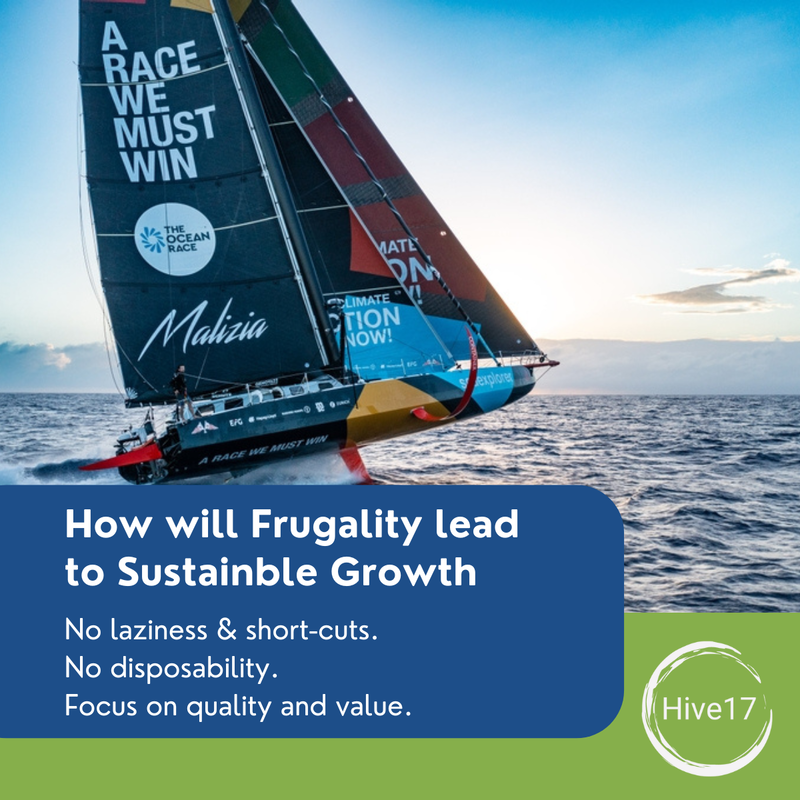
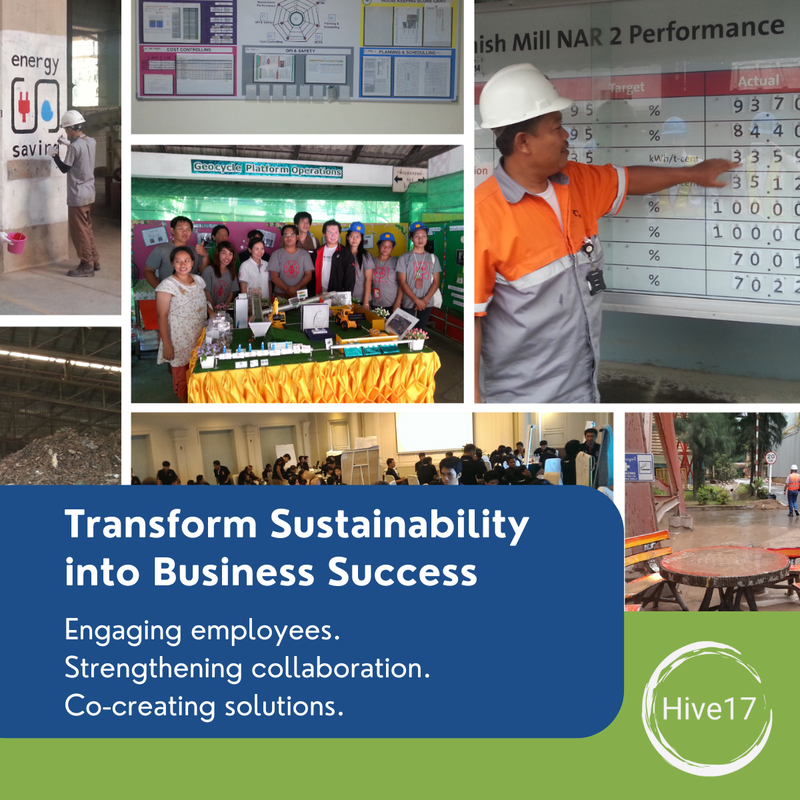
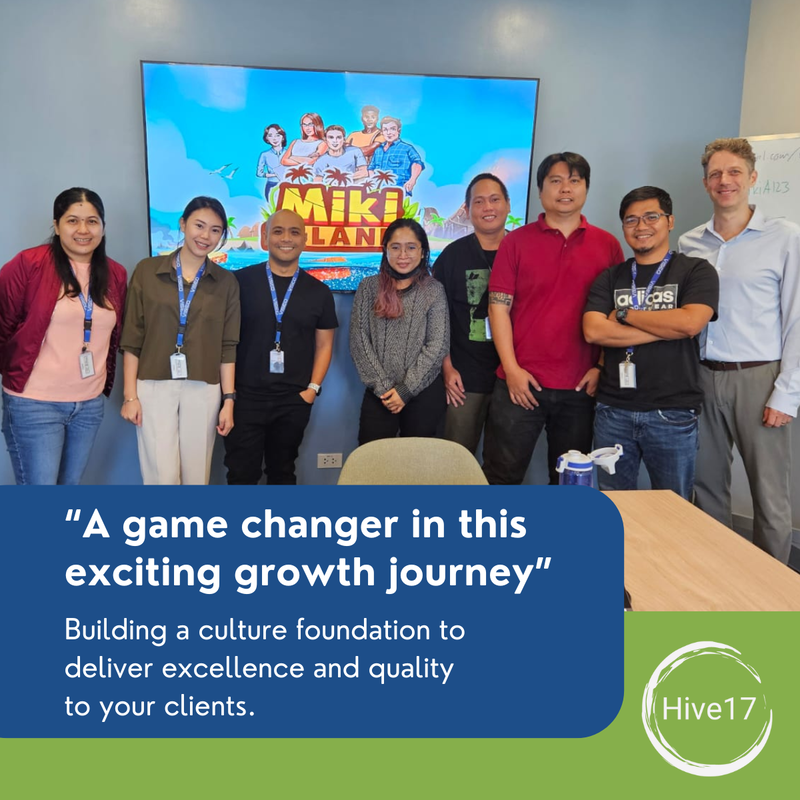
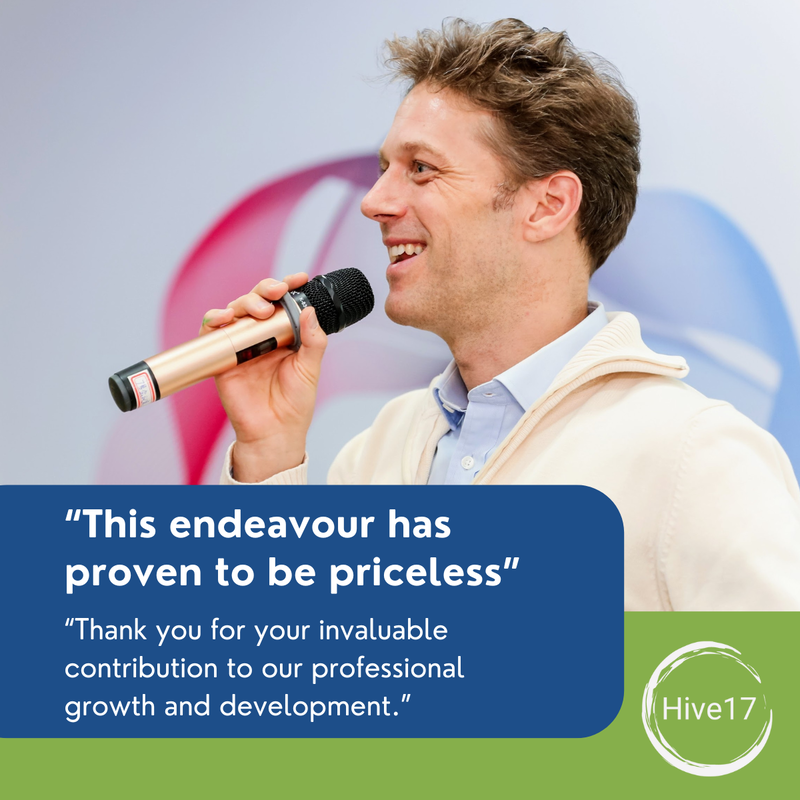
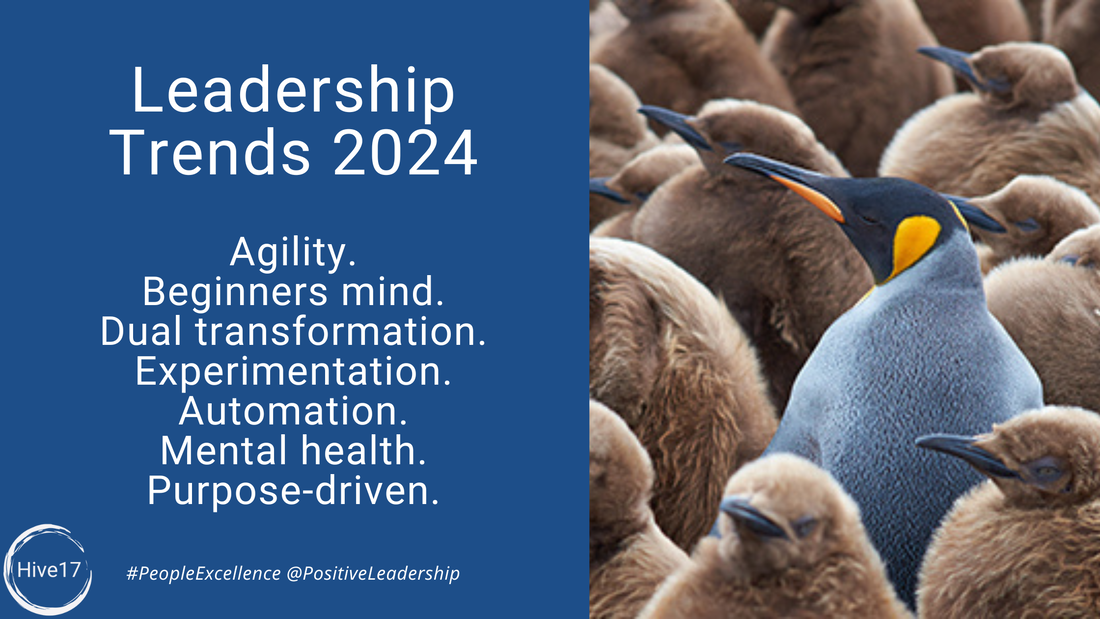
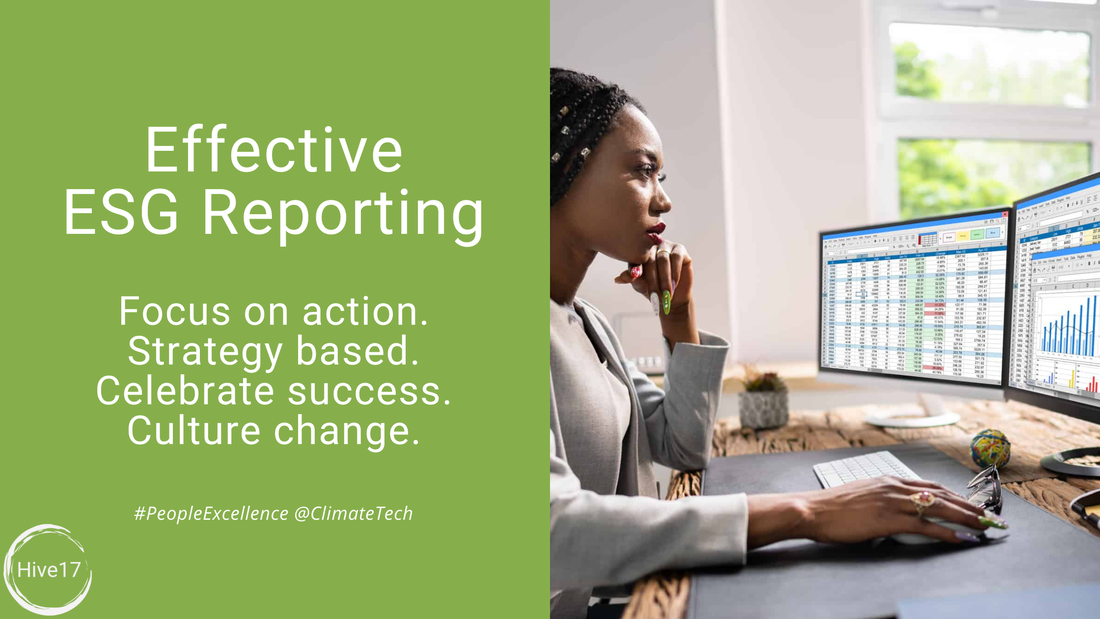
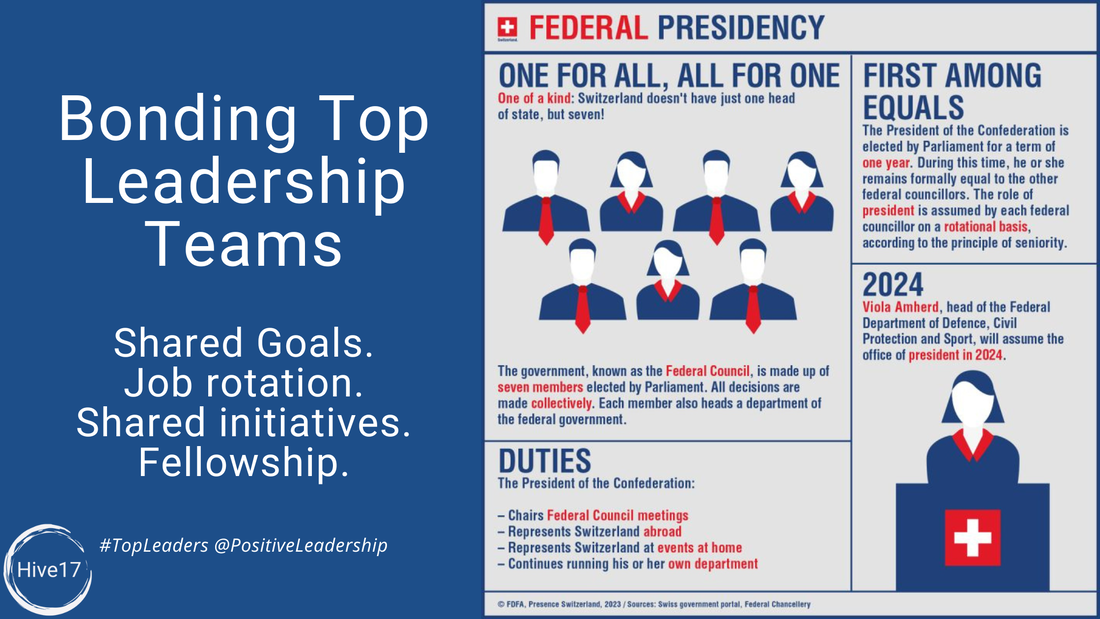
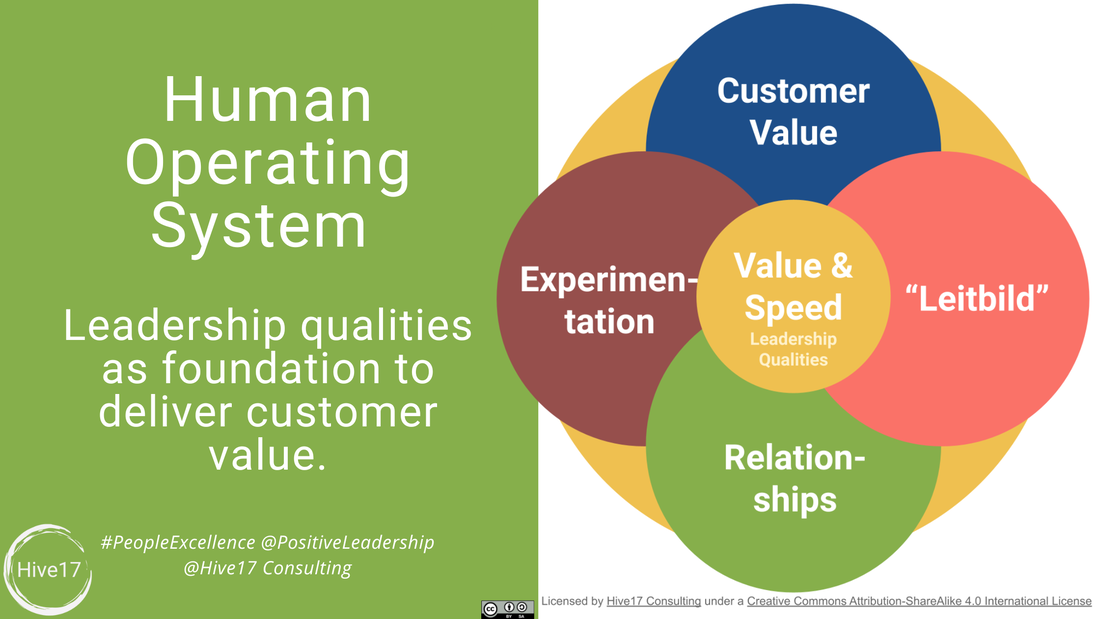
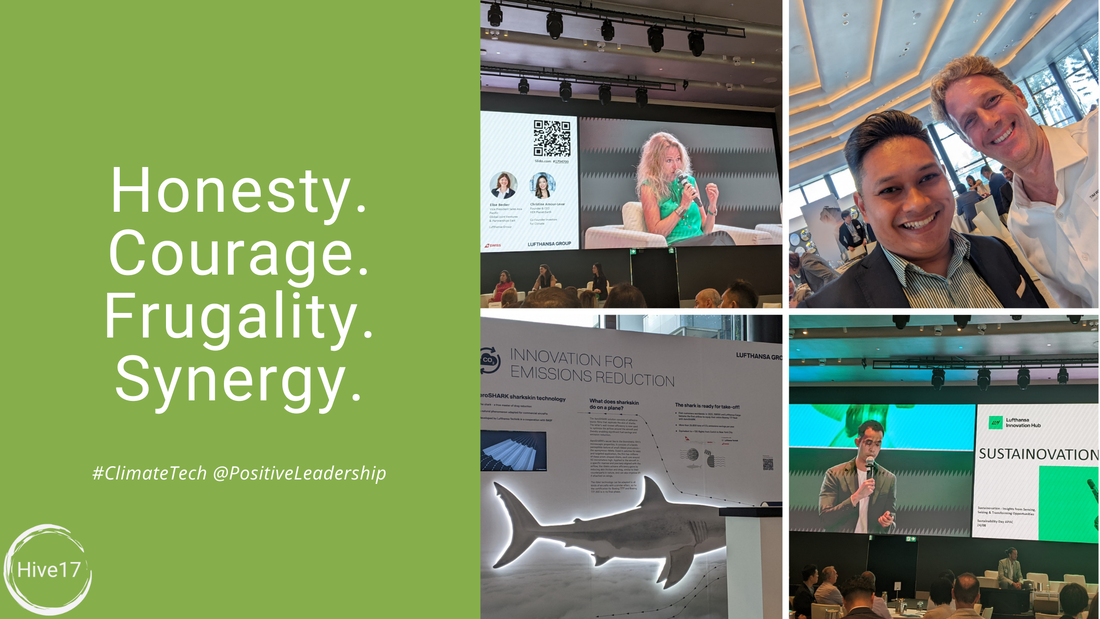
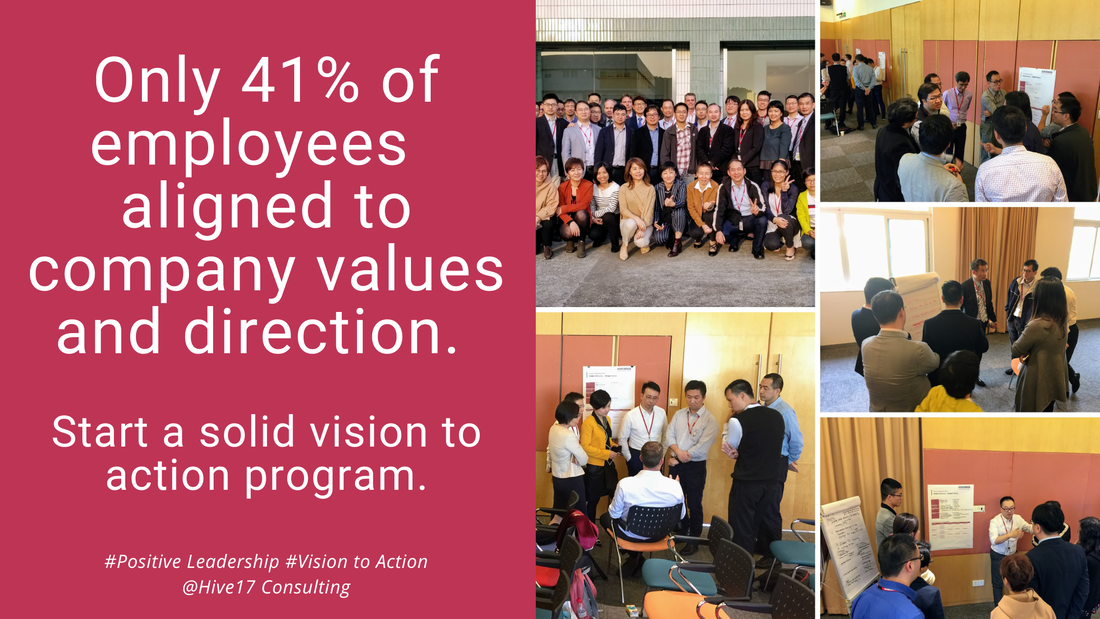
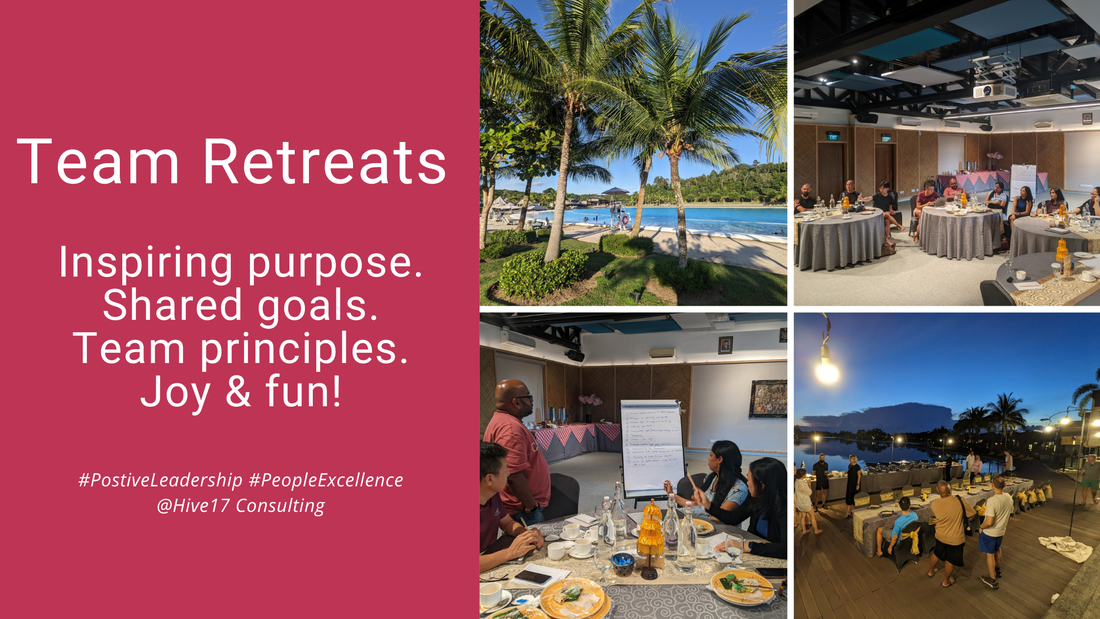
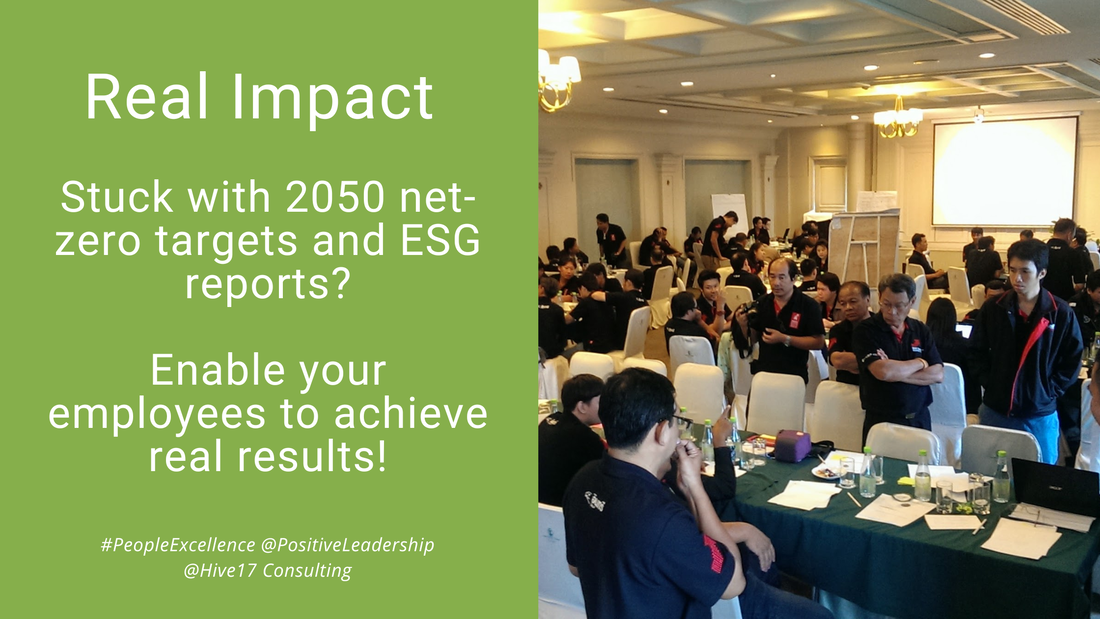
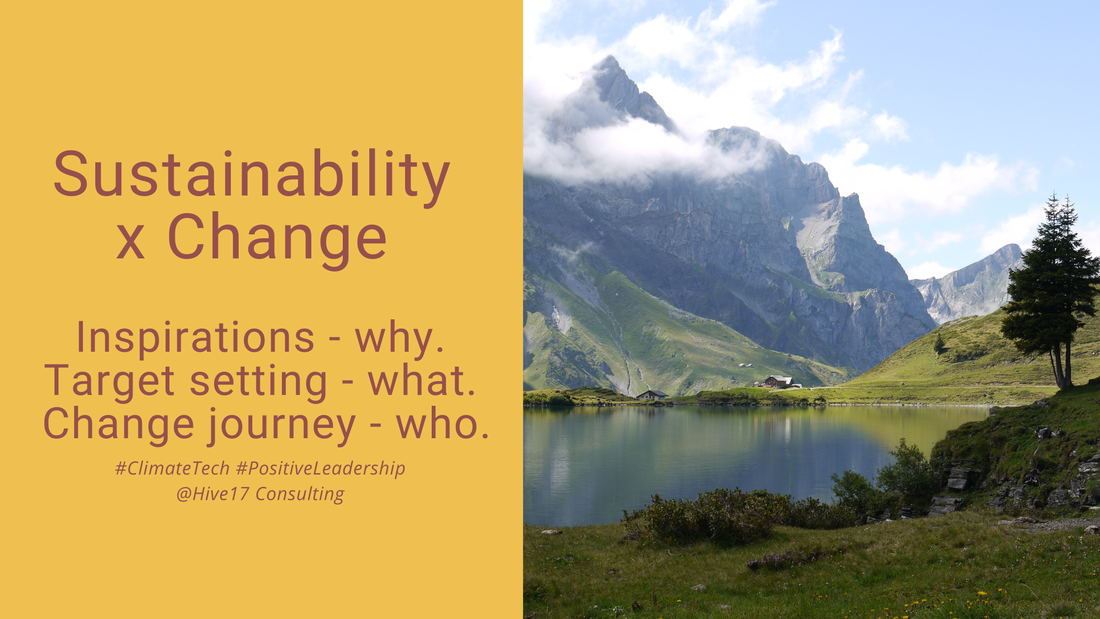
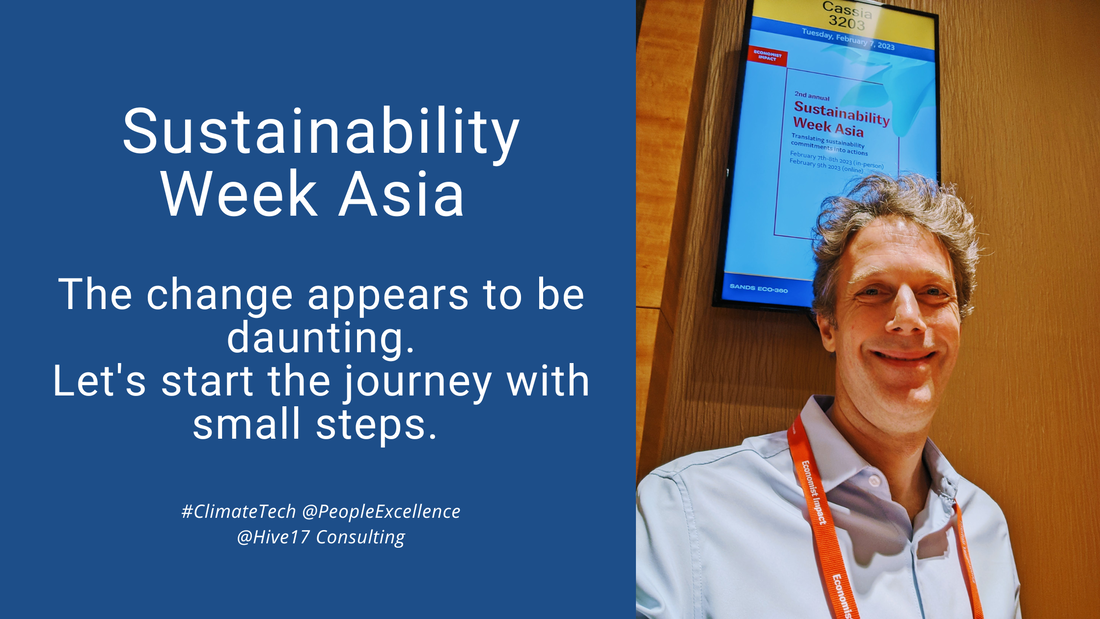
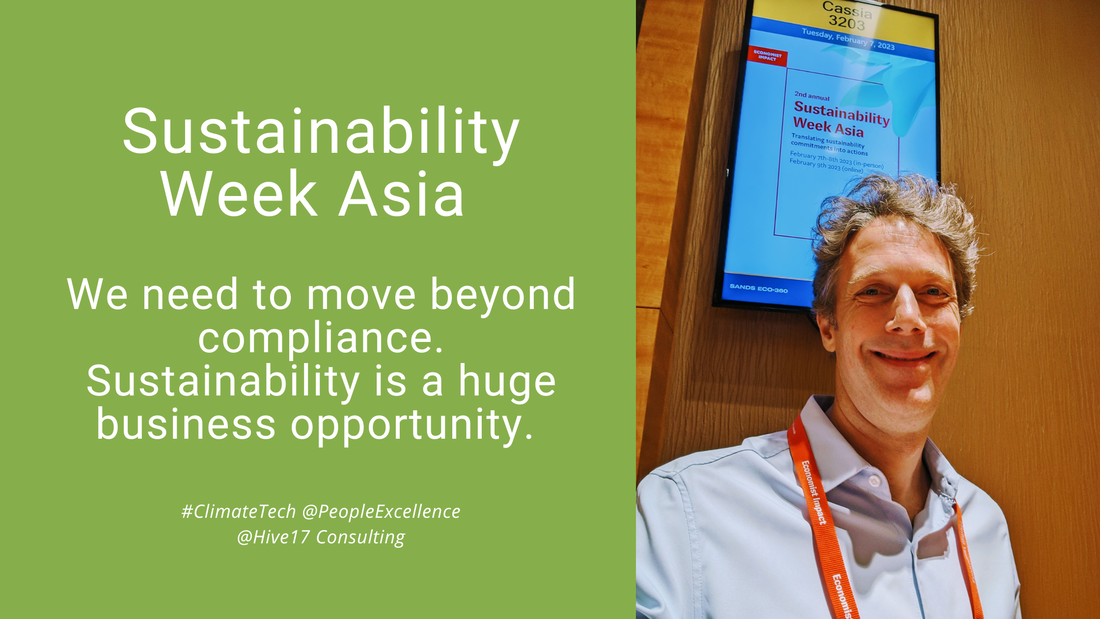
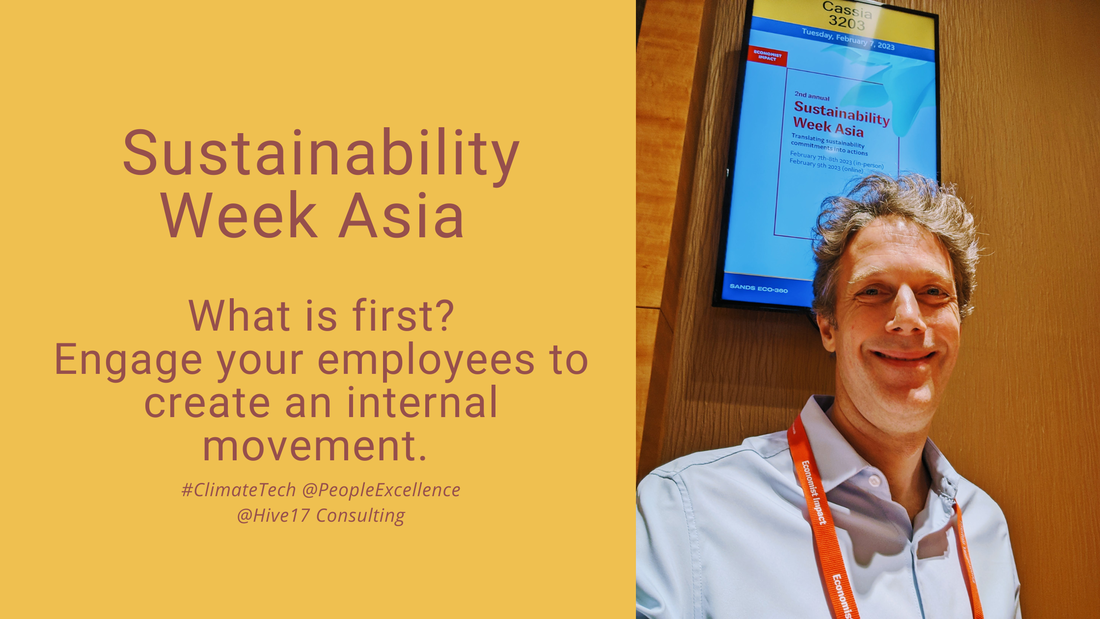
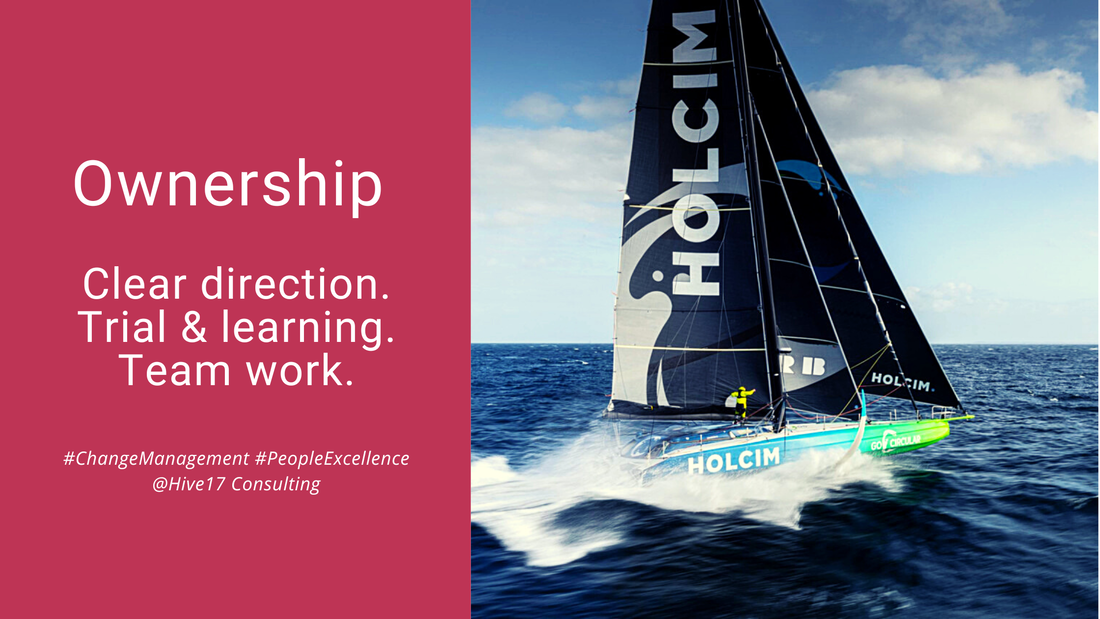
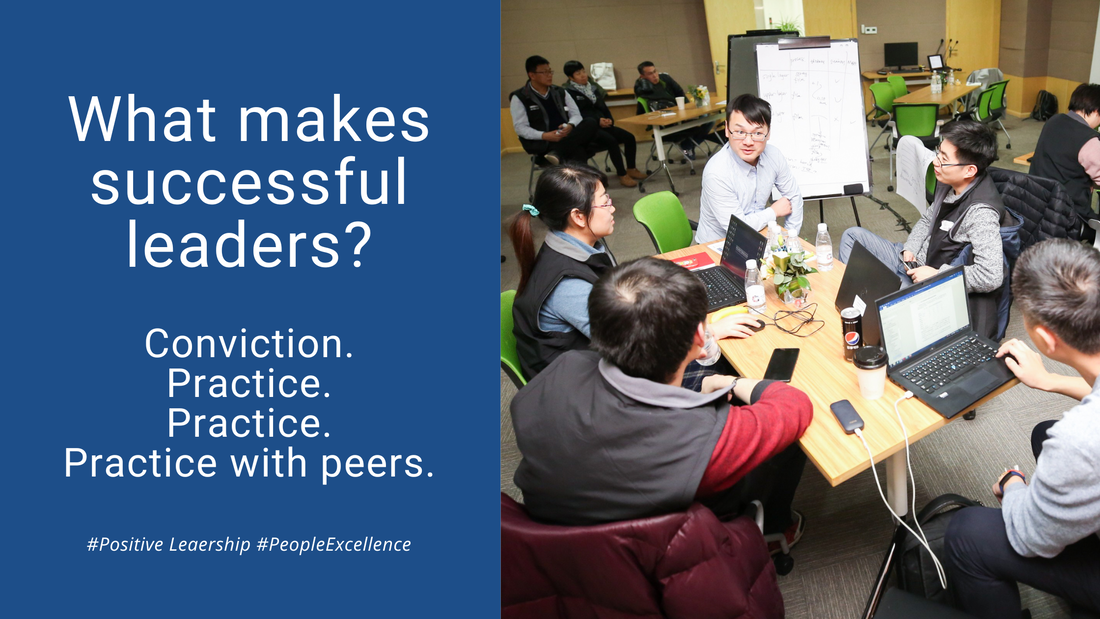
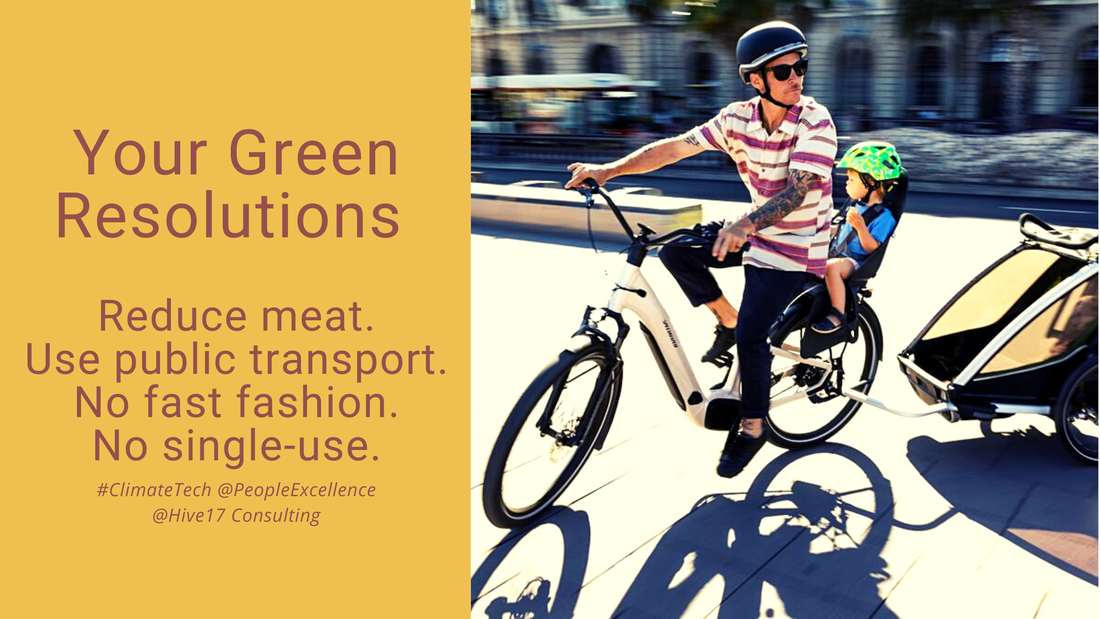
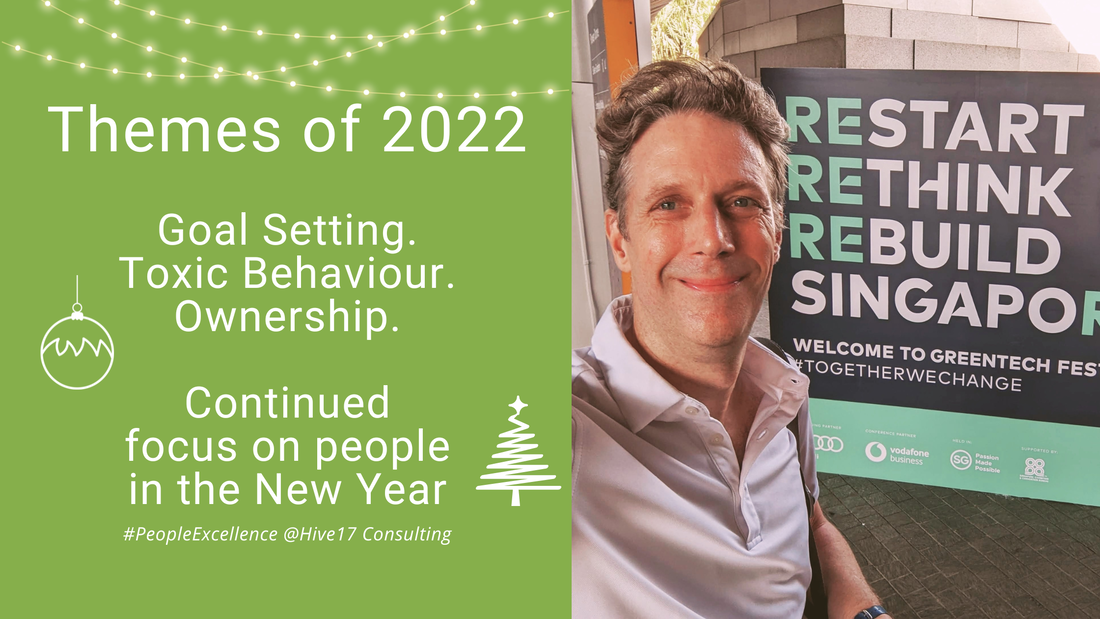
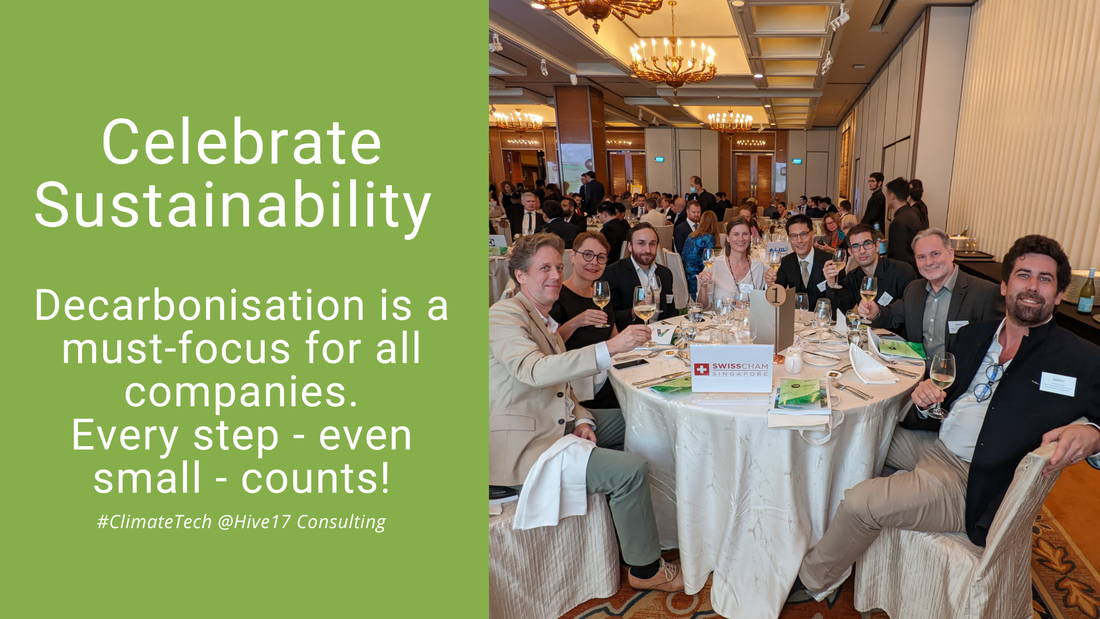
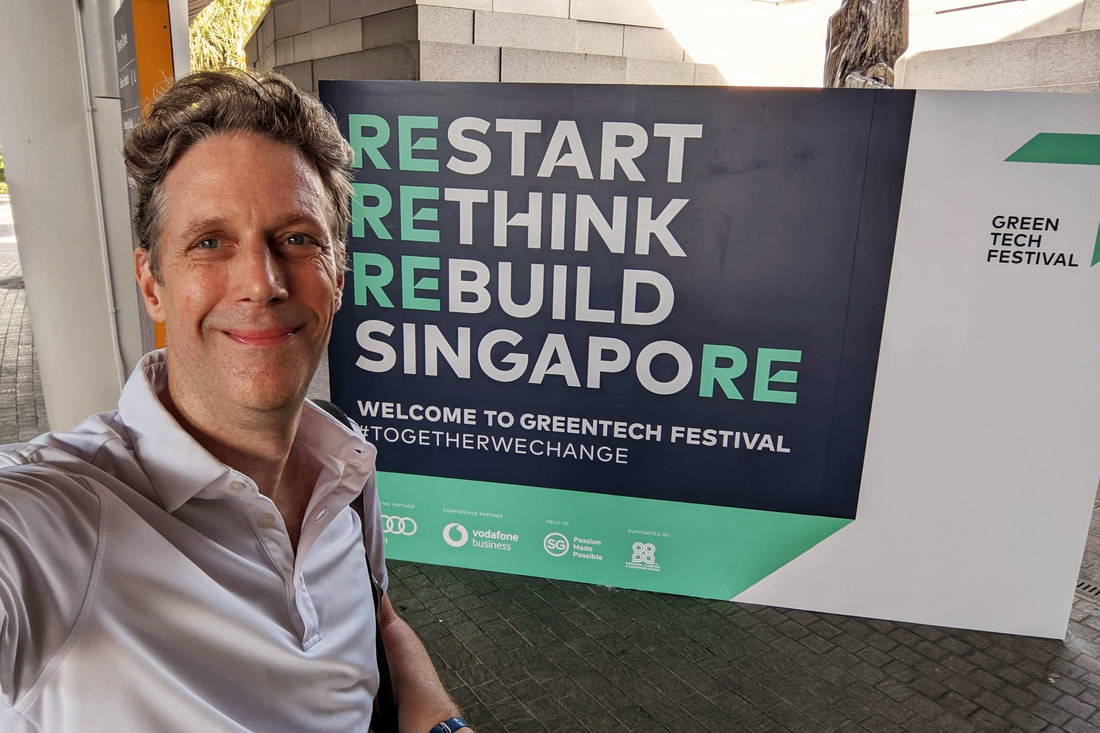
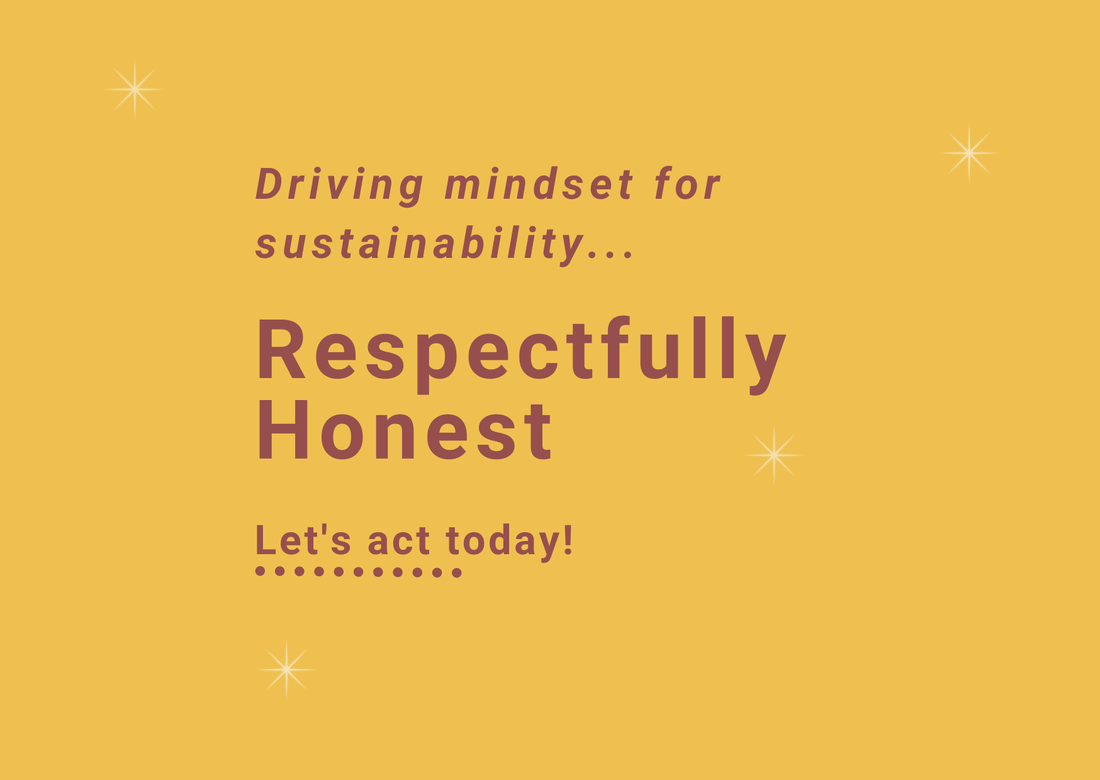
 RSS Feed
RSS Feed